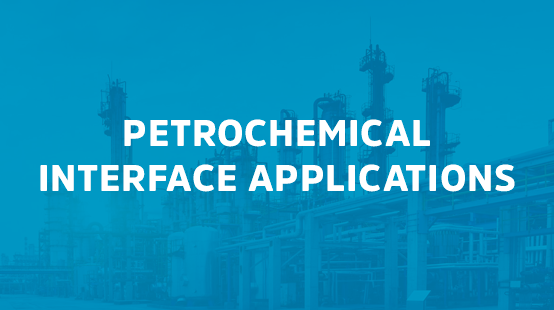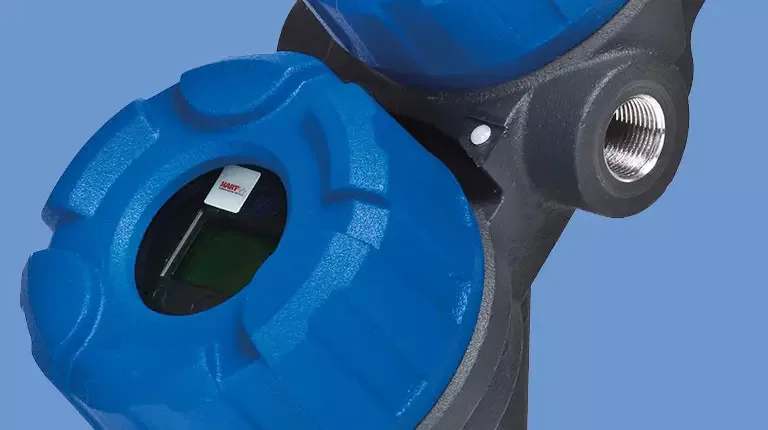Ethylene is a crucial component of industrial chemicals and plastics. The ethylene production process begins with hydrocracking. The raw material enters the ethylene plant and passes through the furnaces (pyrolysis). It is then broken down into a variety of hydrocarbons and hydrogens in a process known as “cracking”.
Once the raw material is cracked, it immediately begins to reassemble into larger molecules. To prevent these reactions, cracked steam passes through extinguishing towers to cool the water. The heavier hydrocarbons are carried with the water to the quench settler or quench water separation drum (QWSD). An interface is created in the quench colonizer, and an emulsion layer can develop.
The Cost of Inadequate Interface Control
- Keeping control of your interface is important for multiple reasons:
- Proper recirculation of water back to the extinguishing tower is important, as transferring hydrocarbons reduces productivity and causes potential equipment failure.
- As feedstock increases, more cooling fluids are required, which also increases the importance of water recirculation.
- Loss of interface control will reduce ethylene production due to inefficient cooling tower operation.
- If the fluid composition changes negatively in the cooling tower, less ethylene is produced from raw material reduction efficiency and productivity.
- Regulating the interface can also help use fewer chemicals, keeping costs down.
Solution
Depending on the size of the emulsion layer, guided wave radar (GWR) or magnetostrictive technologies are recommended options for maintaining control of liquid separation in the quench settler. GWR is typically recommended when the emulsion layer has a tighter window, but if the layer is thick then it may be better to use a magnetostrictive device with a float designed to follow the bottom of the emulsion.
Know more
For more information on measurement solutions for petrochemical interface applications, download our white paper below.







